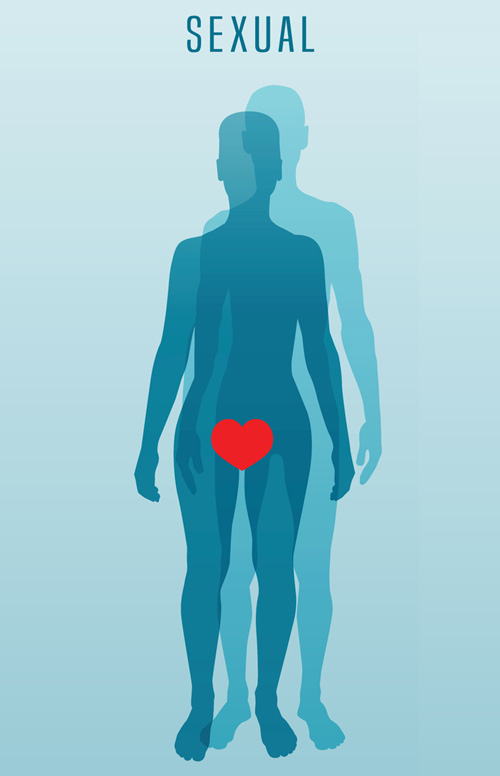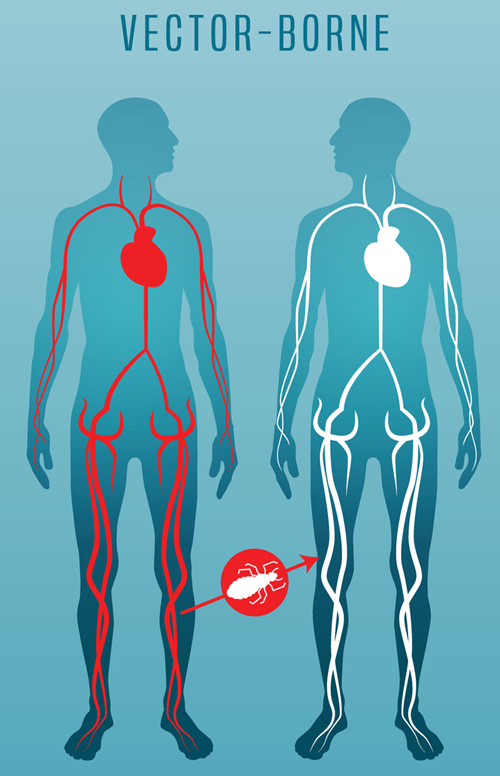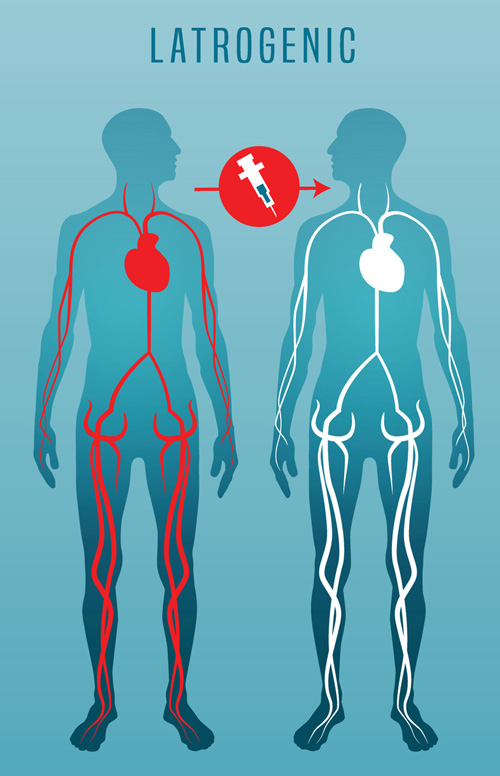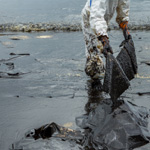Pandemic
People suddenly start dying from a mysterious disease. With global travel and supply chains, the illness spreads around the world. Soon millions are infected and hundreds of thousands die. If things get really bad, millions die.
Wikipedia Info
A pandemic (from Greek πᾶν, pan, "all" and δῆμος, demos, "people") is an epidemic of an infectious disease that has spread across a large region, for instance multiple continents or worldwide, affecting a substantial number of people.
A widespread endemic disease with a stable number of infected people is not a pandemic. Widespread endemic diseases with a stable number of infected people such as recurrences of seasonal influenza are generally excluded as they occur simultaneously in large regions of the globe rather than being spread worldwide.
Throughout human history, there have been a number of pandemics of diseases such as smallpox and tuberculosis. The most fatal pandemic in recorded history was the Black Death (also known as The Plague), which killed an estimated 75–200 million people in the 14th century. Other notable pandemics include the 1918 influenza pandemic (Spanish flu). Current pandemics include COVID-19 and HIV/AIDS.
Original Wikipedia Link: https://en.wikipedia.org/wiki/Pandemic
The Many Ways Disease Spreads
It's important to protect yourself against the specific ways a disease spreads. Take as many precautions as possible, because sometimes doctors get it wrong and they don't understand all the possible ways transmission happens.







1918 Spanish Flu historical documentary | Swine Flu Pandemic | Deadly plague of 1918
Historical documentary about 1918 Swine Flu or Spanish Flu. It covers the role of World War I in spreading the disease among troops and how they made it into a worldwide plague of devastating proportions. The video covers where it began, how and where it spread, the symptoms, how it affected America and whether it could happen again. The music is “Blood and Ivory Keys” by 19between. Used with Permission.
Top 20 Worst Epidemics in History
Humanity is nothing if not resilient. Need proof? Just consider everything we’ve survived so far! For this list, we’ll be looking at the deadliest and most significant outbreaks of contagious disease throughout human history. Our countdown includes the 2009 Flu Pandemic, the 1772 Persian Plague, 1520 Smallpox Epidemic, and more! What do YOU think is the worst epidemic in history? Let us know in the comments!
Past and Present Threats
Diseases that we've been able to control from the past include cholera, human immunodeficiency virus (HIV), some forms of influenza, typhus, smallpox, measles, tuberculosis, leprosy, malaria and yellow fever. Without continued scientific research and breakthroughs, we face the prospect of future pandemics from antibiotic resistance, viral hemorrhagic fevers, coronaviruses, severe acute respiratory syndrome (SARS), Influenza, H5N1 (avian flu) and zika virus.
The future threats are staggering. Approximately 320,000 types of viruses infect mammals alone, according to a study published in 2013 in the journal American Society for Microbiology. A small mutation in just one of them can trigger the next pandemic. It's critical for science to figure out what we're dealing with and how to fight it. Humanity will be dealing with potentially pandemic diseases far into the foreseeable future.
News Article: Masks 4 All - Are masks really necessary for everyone?
LINK: https://webefit.com/articles_800_899/article_830_FaceMasks.html
News Article: Mask-Wearing Myths and Realities
LINK:https://webefit.com/articles_800_899/article_841_MaskMyths.html
Preparation - Survival
Click Here for information on what to do from the United States government website, Ready.gov.
Cilck Here for the Red Cross Coronavirus Safety Tips.
Click Here to download a PDF file with information on what to do from the United States government website, Ready.gov.
1. When outbreaks first occur, it's important to avoid those areas and the people or products coming from them.
2. If you're in an area where infections are occuring, protect yourself.
That might mean wearing a mask, gloves or other protective gear. Inspecting food or other items you come in contact with. Socially distancing from other people or entering a full quarantine. It can take weeks or months for authorities to figure out how diseases spread, so it's best to take every precaution.
During the COVID-19 pandemic, officials first said it's only transmitted on surfaces, there is no respiratory transmission. (That was wrong.) Then officials said masks weren't effective. (Turns out they reduce transmission by 90%.) Then officials said people don't have to worry anymore about surfaces being contaminated. (That's wrong too. Surfaces are a source of infection, they're just much less of a risk than respiratory transmission.)
Here are 10 Ways to Protect Yourself from Infection





3. If possible, plan an evacuation from the impact area. Be careful though, don't get caught in mass groups trying to leave, because those can be areas of high infection.
4. Keep supplies on hand if you might need to quarantine. That includes 4-8 weeks of food, water and medical supplies.
5. Do you have a go-bag? That's a pre-packed bag of supplies that you can grab if you're going to evacuate.
6. Business owners need to consider if special policies to cover an event like this are available or affordable. If you're not insured, be prepared to lose everything in an event like this. Even if you are insured, there is no guarantee the insurance company will remain solvent to pay out the claim if it's a worldwide event. Make sure your carrier has the financial resources to deal with something like this.
7. There are three possible ways a pandemic ends. You've got to monitor what's happening so you can figure out how long the pandemic will last.
It can die out because the rate of infection (the R0) is below 1. This is how SARS and MERS were stopped, by reducing the rate of infection.
It can spread through a majority of the population, until humanity achieves "herd immunity" and there aren't enough new victims to keep it going. This is believed to be the way the 1918 influenza pandemic was finally ended.
A vaccine or effective treatment emerges to make the pathogen go away or stop being an existential threat. This is how smallpox and polio were defeated.
8. Get vaccinated once available. Vaccines stimulate your immune system to produce antibodies, so vaccines actually prevent diseases.
Return to 101 Ways to Die Home Page
This information is presented to make people aware of the larger world around them. If you can prepare for something as devastating as this, you're much more likely to be ready for smaller disruptions. Be aware and prepare.
6/6/2020
Updated 4/14/2021



